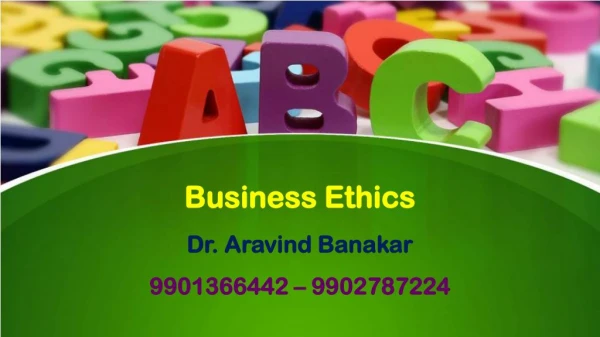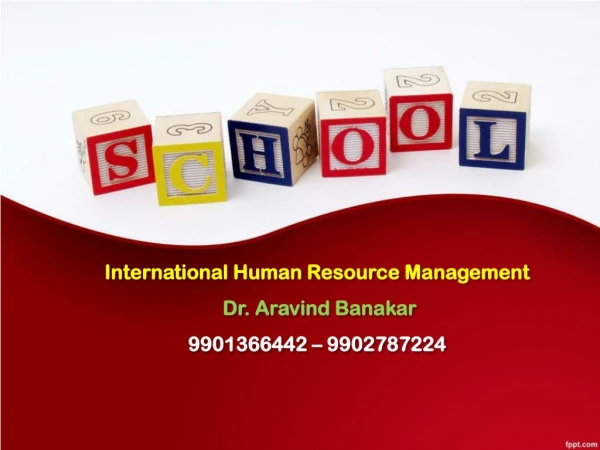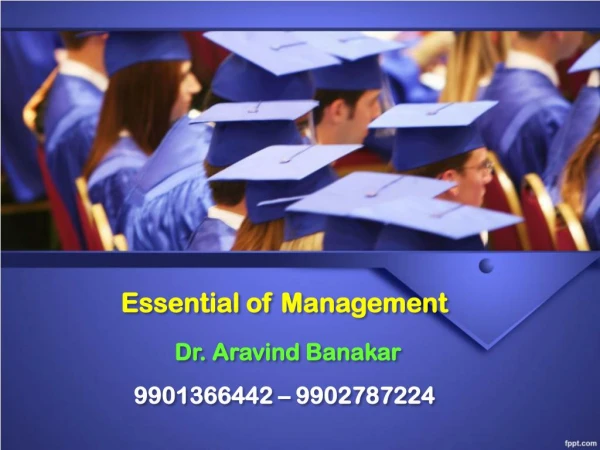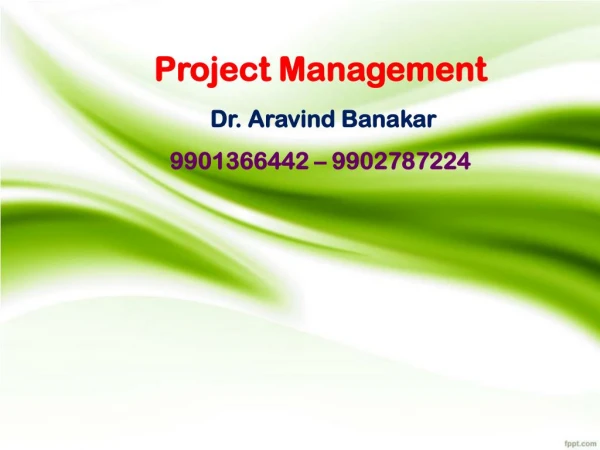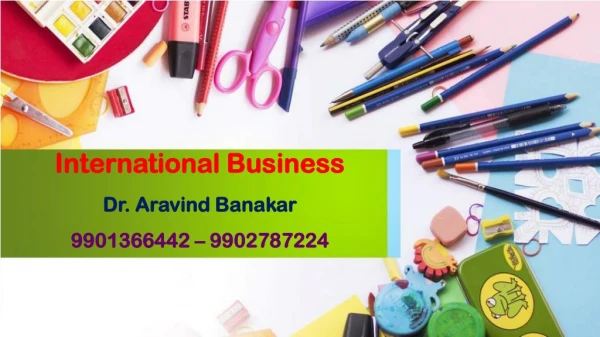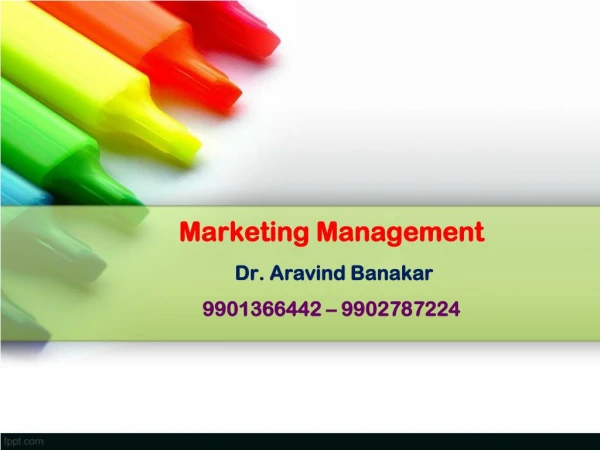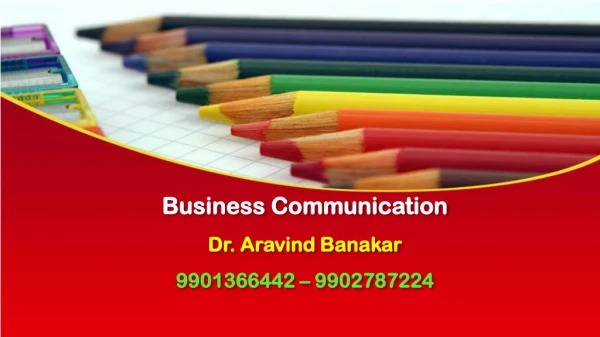By way of introduction, let me state my (a freelance writer) most fundamental belief about organizational ethics
Assignment Solutions, Case study Answer sheets Project Report and Thesis contact aravind.banakar@gmail.com www.mbacasestudyanswers.com ARAVIND – 09901366442 – 09902787224 Business Ethics Case Studies CASE STUDY (20 Marks) By way of introduction, let me state my (a freelance writer) most fundamental belief about organizational ethics: Ethics is not about answers. Instead, ethics is about asking questions. It's about asking lots of questions and, maybe, if you're lucky, even asking the right questions every now and then. In my experience, ethical organizations don't shy away from asking potentially embarrassing questions, ones that might disturb the status quo. The need and value of doing so was brought home clearly in the Enron/Arthur Andersen scandals. Those were two organizations where, apparently, no one dared ask the tough questions that might actually have saved the companies. Now, thanks to those and related scandals, the good news is that corporations are routinely asking tough questions about financial reporting. Today, we're all terribly conscious of the risks to the organization if we fail to question the numbers. Almost all of you are in the firing line in that regard, so there's very little that I can tell you about the importance of assessing financial risk. I don't have the level of knowledge that you have about financial accounting, but I do have some related experience that I'm going to draw on in my remarks today. As you know, I'm a professor of management, but today I am drawing on my experience as a member of the board of a NASDAQ company for some ten years. I served as a chairman for the Audit Committee until they actually required that you know something about auditing. Now I am on the Compensation and Governance Committee. I am proud of the record of our little company: We have been squeaky clean from day one. As a matter fact, when we went public 10 years ago, we had little buttons that we all wore that said, "We be clean." This is because we had a member of the board named Robert Townsend, the man who created the Avis Corp., and he was not only one of the great management thinkers but also one of the most ethical business leaders this country has known. He insisted upon spotless ethics in everything we did, and it became part of the culture of the company. If there was a nickel on the books that was in question, we have always interpreted accounting rules in the most conservative way. We have never had anyone question our numbers and I hope to God we never will. But the story doesn't stop there. Recently our board undertook a thorough audit of the human resources function of our organization. The recent negative exposure that companies like Nike and Levi Strauss have experienced concerning working conditions in their plants in Asia convinced us that consumer products companies run considerable risk in this arena. There was a bit of resistance to undertaking this audit. In fact, as at most companies, the eyes of our HR people glazed over whenever we used the word ethics. We are a small company, so we don't have somebody who was an ethics officer per se, so it fell to the board to raise these questions. Questions for the Compensation and Governance Committee Once we started to do so we quickly came to realize that there was an entire raft of HR associated issues that we had to monitor if we were to assure our shareholders we had done adequate risk assessment in the organization. Our board members are not experts in this arena, but we realized that we had to be able to assess risks in all the corporation's major human capital management systems: selection and recruitment processes, training policies and programs, performance appraisal systems, executive compensation, sales and other forms of incentive compensation, base pay and benefit determination, talent management systems (including manpower and succession planning), labor relations, and so forth. Wehad to ask if there were appropriate methods and analytical programs in place that monitor for age, sex, and gender discrimination; employee attitudes and morale; talent procurement and retention? We wondered to what extent potential employees saw our company as a great place to work. We started having to pay attention to health and safety, termination and downsizing policies, demographics about who gets promoted, raises, bonuses, and turnover. As we went on, we increasingly sought to discover the extent to which the company was on top of liabilities in those areas from a measurement and analytical perspective. With regard to all major HR systems, our board began to ask the following kinds of questions: Is there a formal system or process in place? Has the system been validated? Is it clearly understood and communicated? Has the system had unintended effects? Has it been analyzed for adverse effects, for example, possible discriminatory impact on legally protected groups? Each time we asked questions, we had to go back to learn more, we had to ask more sophisticated questions. Some questions we asked with regard to leadership development and talent management were things we thought the board would never get involved in. We started asking if there was a formal assessment of the key capabilities/talents needed in the company. We asked if retention rates were monitored? Did the monitoring include an analysis of criticality? Did it include competitive practices, capabilities, and performance? To what degree was the expertise of key people captured by the organization? Were there non compete agreements with key technical people? Does our reward system lock key contributors into the organization? We didn't have a clue what answers we were looking for. This was a matter of constantly asking every possible question that we could think of. For example, when we looked at the succession planning system, we asked if the system was formal, who was involved, and how it was related to business strategy. We asked what metrics were used and were they related to assessment of needed capabilities? How do we monitor for derailment? Is there a system of mentoring and coaching? Is it seeing as effective and fair? That led us into questions about training policy: Who participates? What are the purposes of the programs? How are they evaluated? How are they related to business strategy? How do these programs deal with ethical and legal issues? Are there unintended gender, race, or age biases in who attends? Then, we started looking at selection procedures: Did we use validated instruments for identifying the "right" people? How were these related to business strategy? What methods were used? To what extent is an effort made at branding our company as a great place to work? Finally, we looked at retention policies: the retention packages for key personnel, how we are monitoring satisfaction, whether the packages are tied to system performance appraisal, and what metrics are used to identify key personnel, and so on. Answer the following question. Q1. How the writer defines the organizational ethics. Comment. Q2. What are the benefits of routinely asking tough questions about the related issues? Discuss. Assignment Solutions, Case study Answer sheets Project Report and Thesis contact aravind.banakar@gmail.com www.mbacasestudyanswers.com ARAVIND – 09901366442 – 09902787224
★
★
★
★
★
75 views • 6 slides
